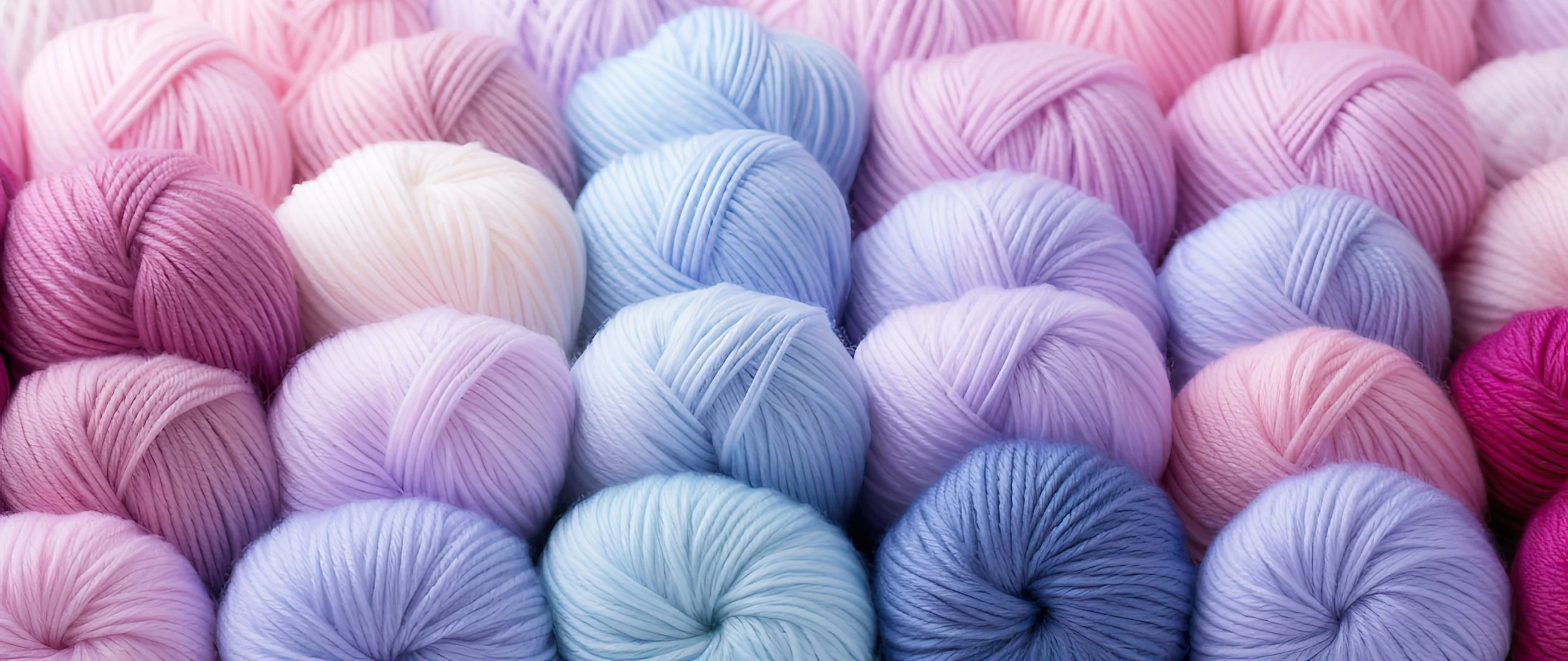Change Your Clothes, Not Your Body
I stick out like a sore thumb whenever I go out in public. The typical outfit I wear to school is all black, replete with fishnets, chains, and heavy platform boots that add five inches to my height. I wake up early to meticulously draw on thick black eyeliner, and I line my lips with dark purple pigment. I receive a range of reactions from people around me, from "OMG, I love your outfit" to "Are you sure that's appropriate to wear in public?" I have never been told, "You look like you knit scarves," yet that's precisely what I do all the time.
"What are you, a grandma?" I'm lightheartedly teased for my traditional hobby, which is usually depicted by withered veiny hands slowly teasing yarn across needles, frail bodies nestled in rocking chairs in nursing homes or much-too-big houses empty of now-adult children. People don't associate heavy chains and black leather spikes with soft, colorful wool spilling out of wicker baskets.
I learned how to knit when I lived in the hospital. When I was thirteen, I entered inpatient treatment for the eating disorder that had burrowed itself deep into my insides like a parasite. The sacrifice one had to make for one's health was complete isolation from life outside of the thick walls on the third floor of the squared residential facility. No phones, no cable TV, and no visitors except parents. All books and music playlists had to be evaluated and approved by staff so nobody could access any "triggering" media that could regress their recovery. The only item from home I was allowed to bring – excluding clothes – was a crochet purple pear plush I had bought at a holiday market a couple of weeks earlier. My cohort of patients, all girls aged thirteen and younger, remained locked in a common room centered in our treatment wing, corralled there after group therapy and yoga. There was nothing else to do but knit, a quiet activity deemed safe for sick girls.
It was either knit scarves on the couch or frustratedly scribbling in a diary with a flimsy rubber pen devoid of any sharp elements one could use to self-harm in moments of distress. So after learning the simple garter stitch, I raced through armfuls of yarn brought by my mother with every weekly visit. Hands stopped picking fingernails and started tracing stitches. Scarves got longer, and yarn got thinner as my patience grew in the peaceful practice.
I discovered knitting offered me a unique opportunity to think introspectively without sitting in agonizing stasis. I enjoyed talking to my therapist while an ever-growing scarf pooled at my feet, symbolizing my artistic productivity.
Three months later, I was cleared for discharge and sent home for outpatient therapy. Transitioning from a safe, sterile environment to the noisy chaos of the "real world" was challenging, and my eating disorder still gnawed at me from the inside. I never stopped knitting. The yarn was not an ordinary thread but a lifeline I could wrap around my fingers when I felt I was slipping away. My ugly beginner projects – twisted scarves and knotted washcloths – adorned the nightstands and kitchen sinks of my friends and family, who enthusiastically supported my craft. When I first decided to try and sell my creations online, my words were met with encouragement, especially from my mother.
The name I chose for my craft business was Purple Pear, paying homage to the crochet purple pear plush that sat on my pillow at the treatment center. I wanted to commit to moving forward, without forgetting from where I came. Two months after my discharge, I turned fourteen years old.
The past six years were rich with frenzied passion as I committed myself not only to the craft but the business as well. Indoctrinated by my own girlish dreams of making art my career, I furiously thumbed pages and scribbled notes. Books, webinars, networking events, courses, tutorials, competitions. For Purple Pear, I built a website and created an Instagram account (@shoppurplepear) to post updates on my projects to a slowly growing audience. I expanded my skillset and learned how to crochet; the first plushie I ever made was a purple pear that, to this day, still sits on the top of my bookshelf in my bedroom at home.
In high school, I peeled off girlhood and developed a stronger sense of self. I realized that the loose, ill-fitting clothes I embraced during my eating disorder failed to accurately present to the world the woman I wanted to be. I didn’t yet know her, but she would visit me sometimes when I was alone. She liked dressing up in rhinestones and silver studded boots, smearing dark matte lipstick across her teeth as she absentmindedly traced on her thigh the grid of her fishnets. Playing dress-up as an adult woman helped me realize that my eating disorder partly originated from misguided desperation to feel more confident in my body. I grappled with this rhetorical question: why change my body when I can change my clothes instead? I wear flattering skirts and shirts, and I enjoy tickling my face with fuzzy wands and brushes. Developing my personal style provided me with the confidence I had mistakenly assumed losing weight would enkindle. Between knitting and fashion, my life had blossomed with purpose.


